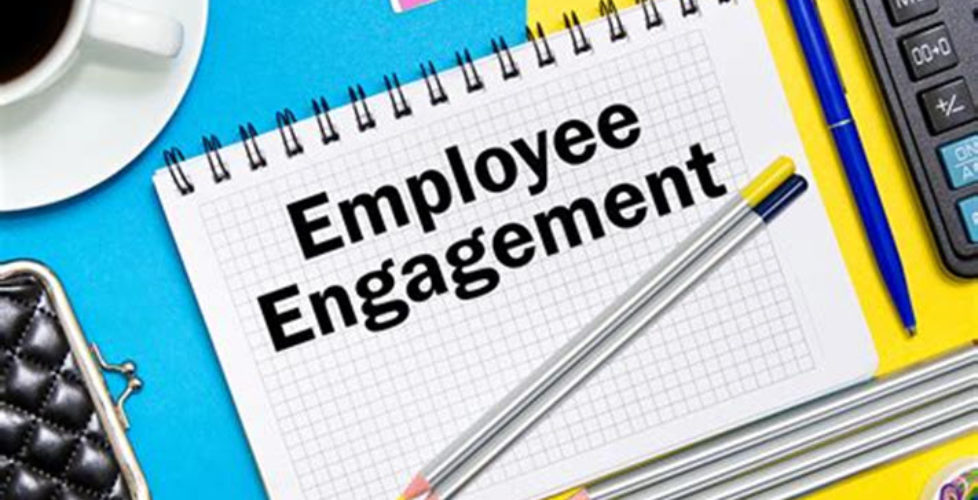Employee Engagement
Smart employers need to know that before the pandemic, Gallup reported that only 30% of U.S. employees were engaged at work, and a staggeringly low 13% worldwide were engaged. Worse, over the past 12 years, these low numbers have barely budged, meaning that the vast majority of employees worldwide are failing to develop and contribute at work.

The pandemic has forcibly separated teams, resulting in many employees forced to work remotely, which has led them to feel isolated and disconnected. As an employer these numbers do not bode well for anyone’s success, but you just might have an ace in the hole from an unexpected place — Human Resources. Here are a few tips from certified HR expert Lorein Brightwell to keep your managers and employees fully engaged at work.
- Clear communications, job descriptions and performance management system — do you managers and employees know exactly and specifically what is expected of them? How is their performance measured? What you don’t measure, you cannot control. Quality job descriptions proved the most “bang for the buck” for organizations as an integral tool used throughout the lifespan of the employee and the many aspects of employee management required of companies. Challenge this inside of your organization and make sure clarity is job one. If employee communication has been replaced by a reliance on endless Zoom calls and e-mails, you might want to really examine this area.
- Advancement opportunities — Many managers actively resist change and want to hang onto their “superstar” employees. Unfortunately, this can also lead to trapping that employee in the same job for years with no advancement potential. A critical function of HR is to define and create a path for every employee to contribute and continue contributing to the company for as long as possible. Employees WILL find the role they’re after elsewhere and if they are not growing with you, they’ll find one at another company—possibly your competitor.
- Prioritize talent management and succession planning — Do you have systems in place to identify your top performers, provide incentives to them and groom them for future roles? This important HR function must be made a priority over the day-to-day fire fighting, crisis management and operations of the department.
Life isn’t perfect and work isn’t going to be either. There are, however, HR strategies smart employers can implement now to get in front of this “brain drain” and talent loss. An experienced and highly competent HR professional can work arm-in-arm with company management to create “Career Tracks,” or roadmaps for the development of the employee that also benefit the company.
HR today can be VERY confusing and if you get it wrong you’re likely to suffer a significant loss of time, talent and/or profit. That’s why smart employers use PLB Resources to stay in compliance with all employment regulations and reduce risk exposure while building those amazing workplaces!
More info for Smart Employers
https://www.gallup.com/workplace/285674/improve-employee-engagement-workplace.aspx

